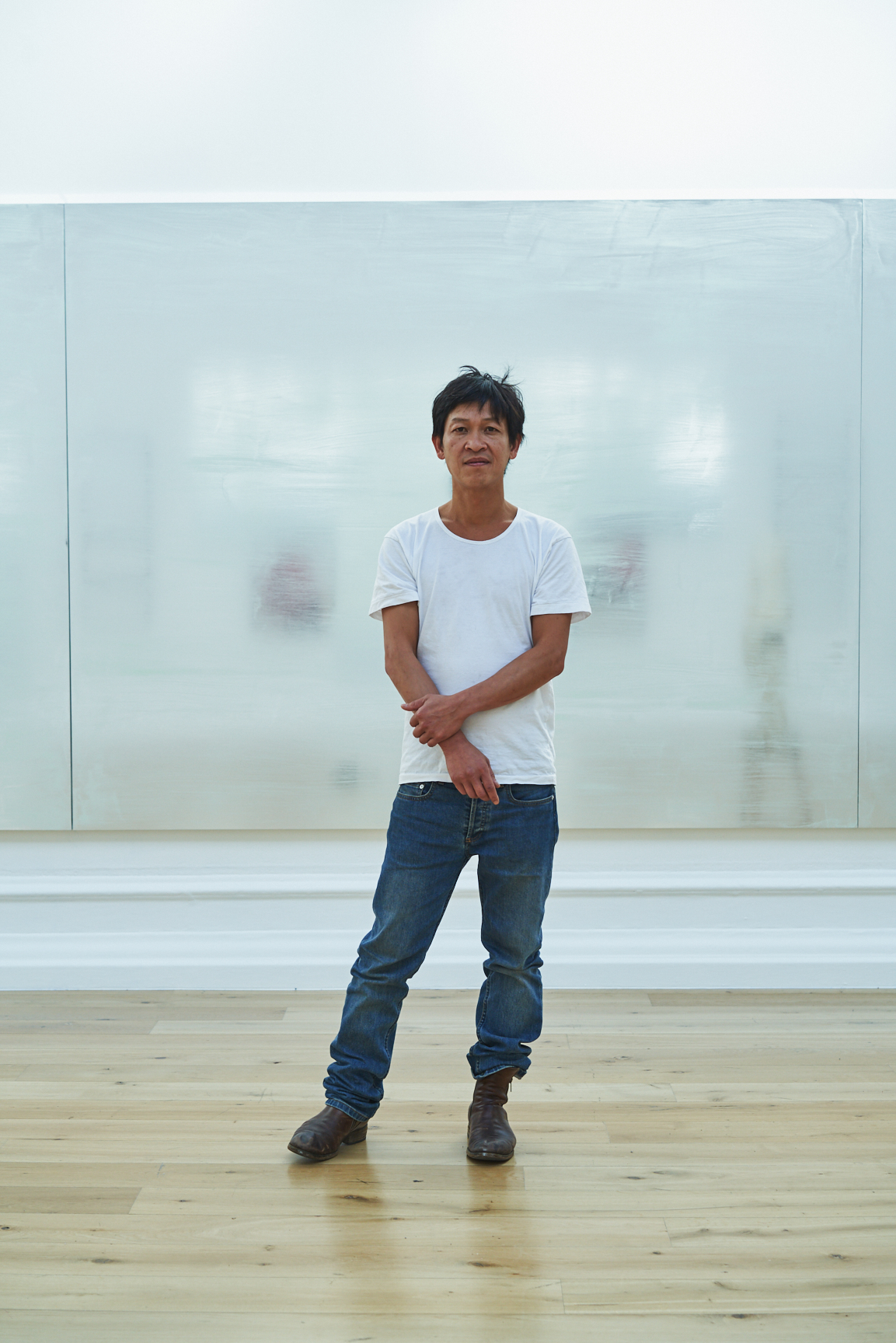
“I was never the kind of artist who thought I should be an artist,” says Danh Vo. “I studied art,” he explains, “and I operate within the art world. And I think I’ve been fortunate in that some of my works give me the chance to make exhibitions.” ‘Fortunate’ is a characteristically modest turn from 44-year-old Vo, who over the past decade has steadily soared to prominence. He represented Denmark at the 56th Venice Biennale in 2015. Last year he was the subject of a mid-career survey, Take My Breath Away, at New York City’s Guggenheim. When we meet, Vo is in London to open two exhibitions. One of them, Untitled at South London Gallery (SLG), is his largest in Britain to date.

This success is all the more remarkable give the unconventional nature of his practice. With a few exceptions, he doesn’t bring new objects into existence. Much of his work instead involves the collection and presentation of objects that already exist. New York Times art critic Roberta Smith has called him a ‘hunter-gatherer’, who tracks his quarries through auctions, private sales and eBay. He could equally be compared to an archeologist, scouring the debris of time for buried histories. The potency of his art often stems from the stories these artefacts represent.
“Vo’s art constantly interrogates the individual’s ability to define themselves against stifling sociopolitical systems”
A prime example is Cathedral Block Prayer Stage Gun Stock, which ran at Marian Goodman Gallery in London concurrently to Untitled. It consisted of the eponymous installation, a colossal assemblage of walnut wood arranged over the gallery’s two levels. There were severed trunks, processed planks, chairs, stools and carved American flags, as well as a functioning carpentry workshop. In both sight and smell it resembled less a contemporary art show than a woodworking factory, which relates to Vo’s long-standing appreciation of ‘lower’ forms of cultural creation: “I’ve worked with cabinet makers that make better things than most artists,” he tells me when we meet.
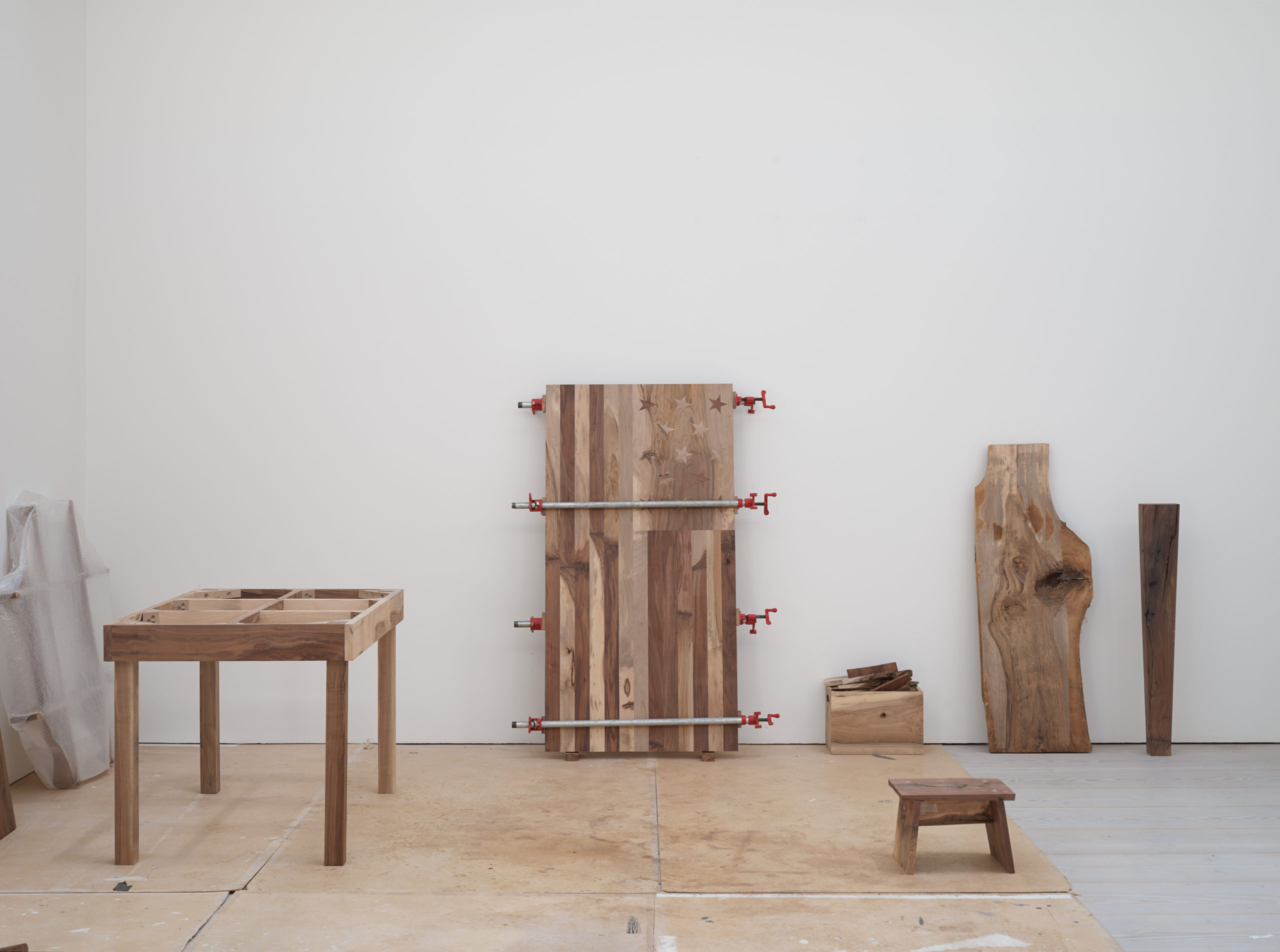
Yet, as with everything in Vo’s work, the timber has a story. It came from an orchard in California, on the site of an organic farm owned by Vo’s friend Craig McNamara. Craig is the son of Robert McNamara, the former US Secretary of Defense whose policies in the 1960s exacerbated the Vietnam War. Prior to the younger McNamara’s purchase of the land, the walnut wood was used in the manufacture of gun stocks, placing it within the cycle of US-mandated global conflict that persists today. By transmuting it into art, Vo opens up the potential for this cycle to break.
“Over time, Vo’s work has drifted further away from spotlighting himself as artist and more towards the actors who shaped the objects he presents”
Vietnam is a recurrent presence in Vo’s work. Even the seemingly throwaway term Untitled carries a hidden charge: ‘Vo Danh’, the reverse of his name, means ‘without name’ in Vietnamese, and is carved on the graves of the country’s anonymous war dead. A lot has been made of Vo’s own connection to Vietnamese history. When he was four, his father built a boat for over a hundred people, intending to emigrate from South Vietnam. It was intercepted by a Maersk cargo ship, and after a winter in a Singaporean refugee camp, they settled in Denmark.
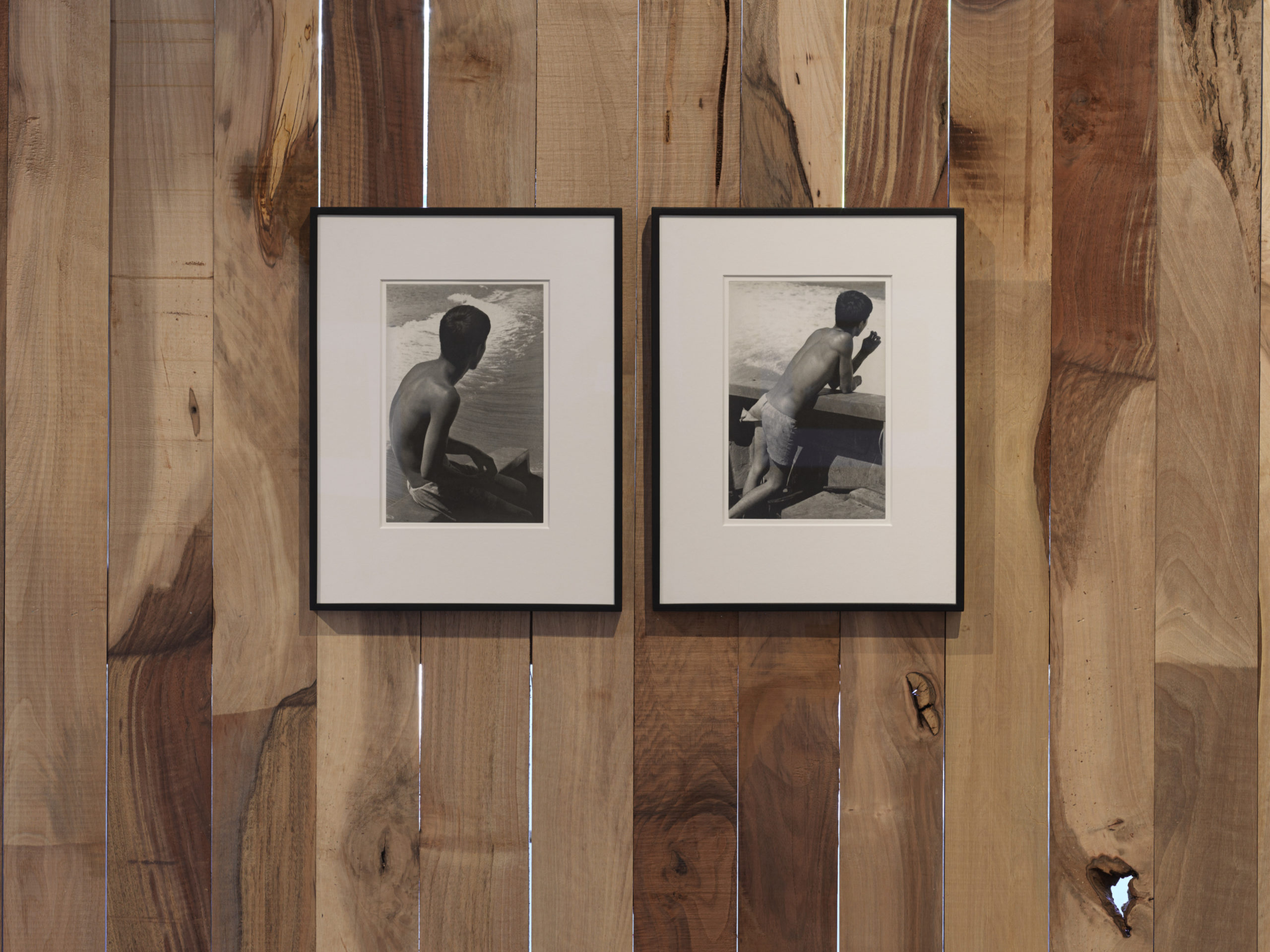
This story has become a constant feature in discussions of Vo’s practice. Though he is usually relaxed about how people interpret his work—“I learnt early on that you can’t control the way people look,” he explains. “We all look differently at things depending on the information we carry”—he admits to being irritated with the way it has sometimes been received though a particular lens.
Take We the People (2011–16), a full-scale reproduction of the Statue of Liberty, made using the same materials and techniques, albeit fractured into more than 300 pieces and fabricated in a Shanghai workshop. It was a truly Herculean undertaking. “I don’t know how I would do it today,” says Vo, “it was like creating a Frankenstein’s monster. It has its own life.” It is also a nexus of his concerns: “I wanted to take an icon,” he continues, “that everybody—or, rather, a lot of people—have a relationship to. An icon that we all share.” For Vo, this shattered allegorical feature represents the present-day ambiguity of liberty, and of the USA’s role in the world. “I grew up as an artist,” he says. “After September 11. When countries go to war in the name of freedom—that’s when you don’t want to be free.”
“Vo could be compared to an archeologist, scouring the debris of time for buried histories”
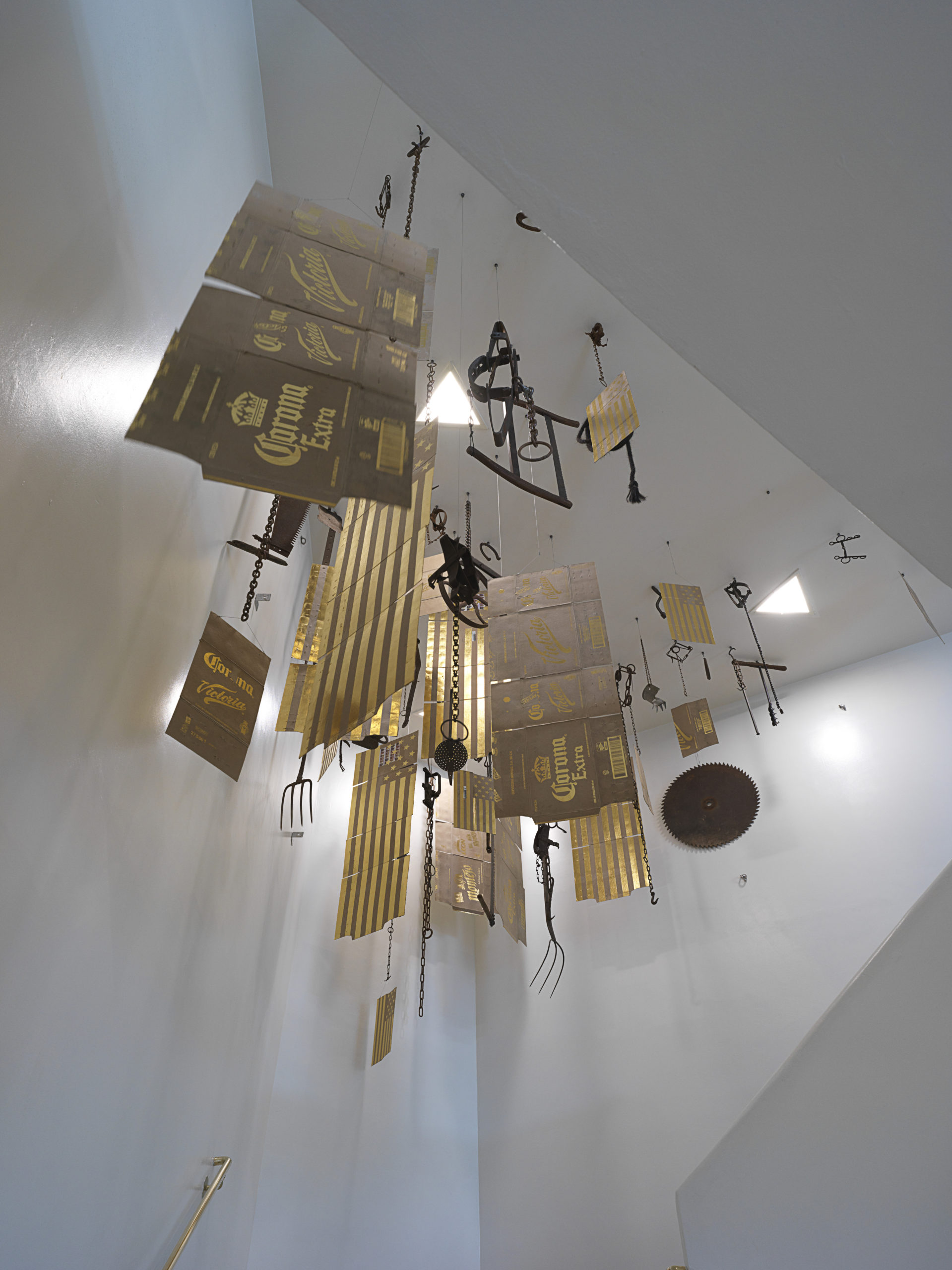
Vo was disappointed that the reaction went back to immigration, and so implicitly his own past. “Everyone,” he says, “started to write again about immigration, whatever bullshit, and that was when I thought ‘Ok, fuck that, I don’t make work about that anymore.’” When he did, he was less concerned with the exodus itself and more with its aftermath. Pieces like Oma Totem (2009) gathered objects owned by his family members to reflect their adaptation to the West.
But though these works drew on his family’s experiences, they were also about the power structures that shape these experiences and can come to transform the self. Vo’s art constantly interrogates the individual’s ability to define themselves against stifling sociopolitical systems. “When the framework of morals and ethics that is given to you doesn’t fit,” he explains, “you have to search for these things. And I think that is what has constituted me and is reflected in my work. I hate this idea that if you come from corners you should fit in corners, you know? I think you should break those conventions.”
Vo has played with such tensions from the start. The early piece Vo Rosasco Rasmussen (2003–05), saw him marry and then subsequently divorce two friends and display the paperwork in a gallery (his full-name is now Trung Ky-Danh Vo Rosasco Rasmussen). Vo thus turned a system geared for heteronormative couplings into one for platonic friendships, thus reshaping the marital power structure to his own advantage.
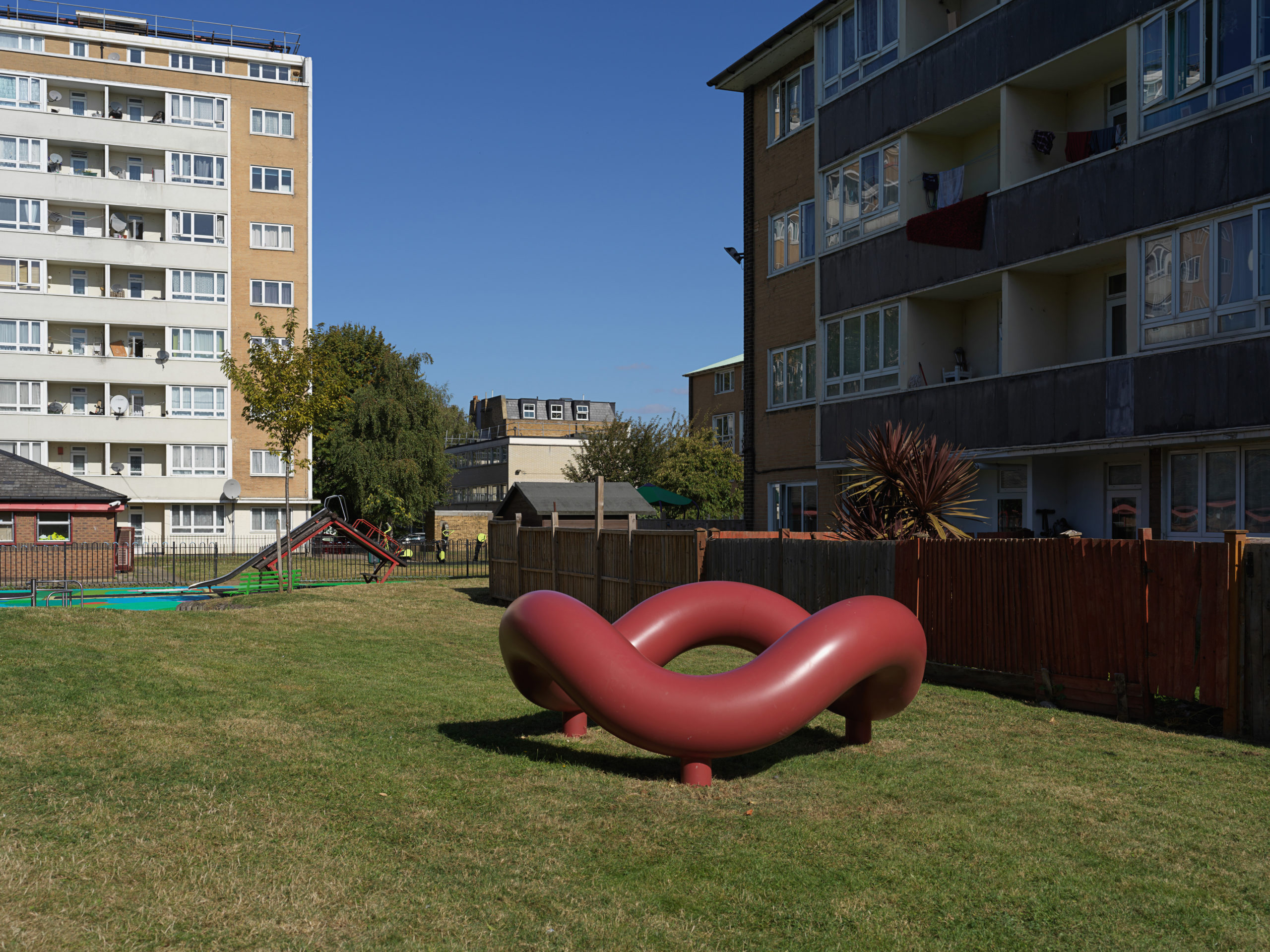
“When countries go to war in the name of freedom—that’s when you don’t want to be free”
In compounding various names into one, it also evoked the process of assemblage that has come to characterise many of his recent works. Sometimes, Vo physically draws objects together: a piece at the SLG show, Untitled (2018), clasped fragments from Roman sculptures of Venus and a satyr together into a hybrid form. He also dissembles: for Lot 20. Two Kennedy Administration Cabinet Room Chairs (2013) he stripped the upholstery from two seats used by McNamara Sr during the Vietnam War and hung them from the wall like a flayed hide. Vo is drawn to these parallel processes in part because they work against each other. “I think my main strategy is always to work in opposition,” he says. “If you do small things you should also be able to do gigantic things. If you cut things up, you should also try to put things together.”
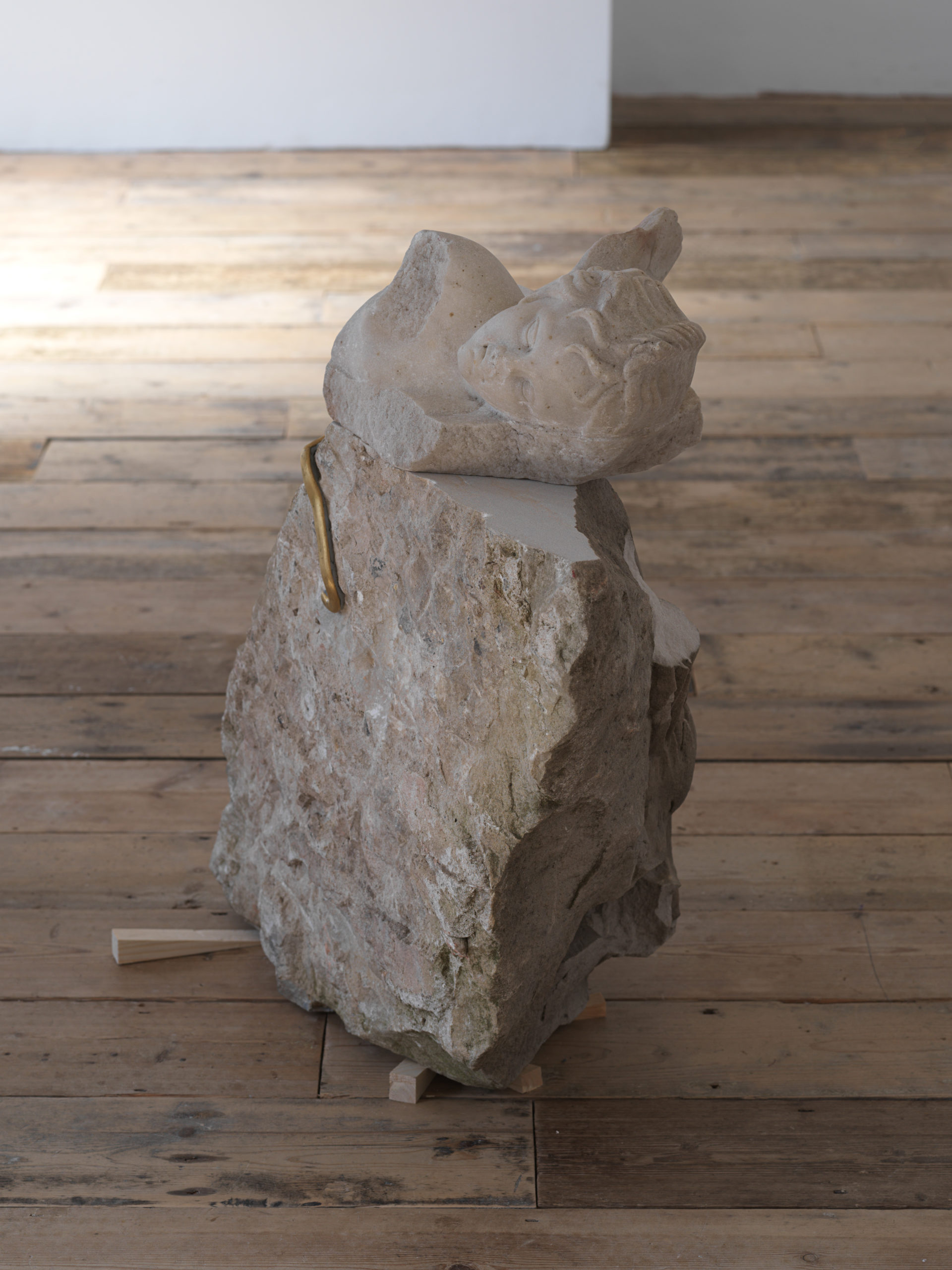
Recently many of Vo’s exhibitions have come to involve a pulling together of works by disparate makers. At the SLG, the main chamber placed two works credited to Vo amidst a profusion of art produced by others: photographs by his lover Heinz Peter Knes; abstract paintings by his erstwhile tutor Peter Bonde; and calligraphic drawings by his father Phung Vo. In doing so, Vo seems to refute the idea of the artist as a discrete author of artworks, who is apart from other people. “I think that things talk with each other,” he explains. “I was never interested in artwork that was isolated. We know by now that things have relations, and for me it was just a natural process to make constellations of things that have the ability to connect, or not connect—both have meanings.”
“For me it was just a natural process to make constellations of things that have the ability to connect, or not connect—both have meanings”
In this he echoes his “mentor and good friend” Julie Ault. “If anyone has had an influence on my work,” Vo says, “it’s her. The way she has worked with art is extraordinary.” Ault’s practice blurs the boundaries between the roles of artist and curator, advocating group exhibitions and activist-led art. One room in Untitled contained a miniature group show consisting of works from Ault and Vo’s personal collections, including Felix Gonzalez-Torres, Rebecca Horn and Andres Serrano’s controversial 1987 photograph Piss Christ.
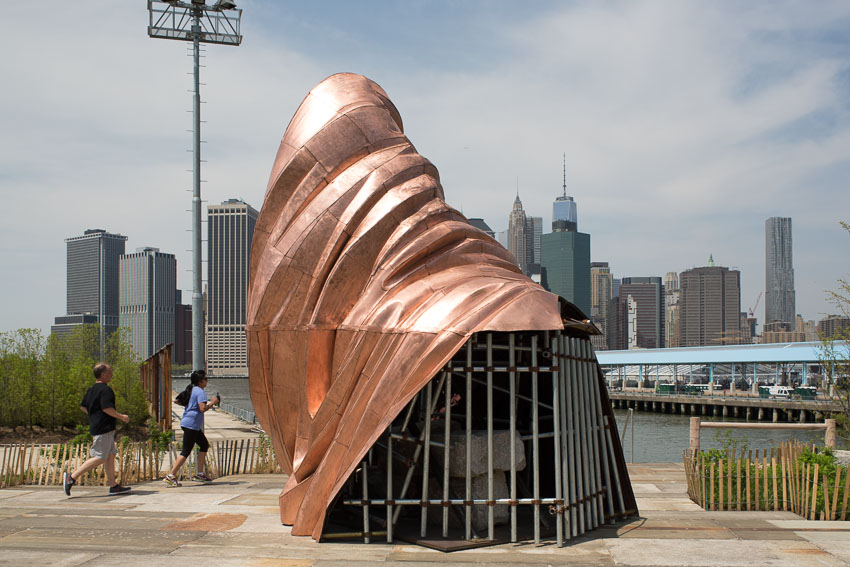
How does this practice accord with the idea of the artist as creator? “Most artistic production,” Vo explains, “if it’s not thinking or working, is related to other people. But it’s structured within the art world to always emphasise the artist. My main concern is that you create a certain way of thinking.” Over time, his work has drifted further away from spotlighting himself as artist and more towards the actors who shaped the objects he presents, which range in scale from personal letters between Henry Kissinger and the theatre critic Leonard Lyons, to the sumptuous chandeliers that hung in the Parisian hotel where, in 1973, the US agreed to withdraw from Vietnam.
The manner in which Vo does go about collecting these items stems from research. He sometimes begins with an object, or with an idea. “I think a big part of being an artist is to look at things,” he continues. “You learn, you observe, you are alert. And sometimes it goes one way, sometimes it goes the other way, but I have a fluid process.” Happenstance is sometimes involved too—Craig McNamara gifted his timber, for instance, after he noticed that Vo had been amassing his father’s documents and effects.
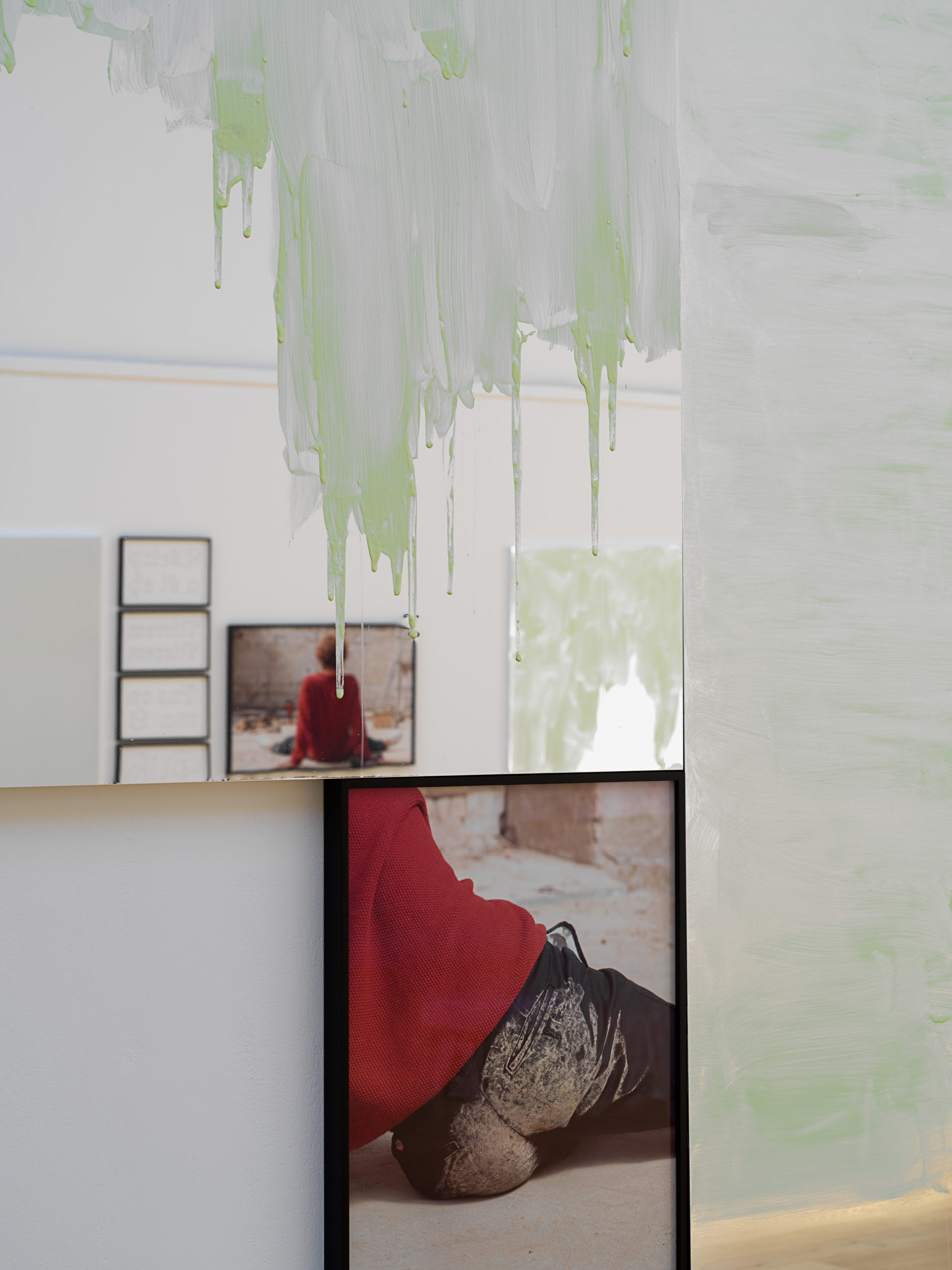
Sometimes objects elude Vo’s grasp. What does he most regret letting get away? He is quick to answer, “I wish I’d gotten Elizabeth Taylor’s tear-shaped pearl.” Said pearl, known as La Peregrina (‘the wanderer’), has a convoluted provenance. It was taken by conquistadors and handed to the Spanish Hapsburgs. “The queens wore it for all their Velázquez portraits,” Vo informs me. It was then looted by Napoleon’s brother, sold to a Northern Irish duke, and eventually bought by Richard Burton in 1969 as a gift for Taylor, who had it placed into a necklace by Cartier. Unfortunately, it was too expensive for Vo; it sold for $11.8m at auction in 2011.

The artist is not immune to the sensual appeal of La Peregrina, but it also represents a crystallisation of his investigations into power structures, as successively embodied in European colonialism, royal dynasties, military might, celebrity glamour and, finally, sheer wealth. To own it would be to snatch it from such systems—though perhaps also to place it in another structure of might and power: the art world.
“Power is always an issue,” explains Vo. “It’s not like the fight is over. It is a continuous, circular struggle that returns all the time. And we forget about that and sit in our own comfort. But you need to jump out into the deep waters.” Vo seems unlikely to stop taking such audacious leaps any time soon.




